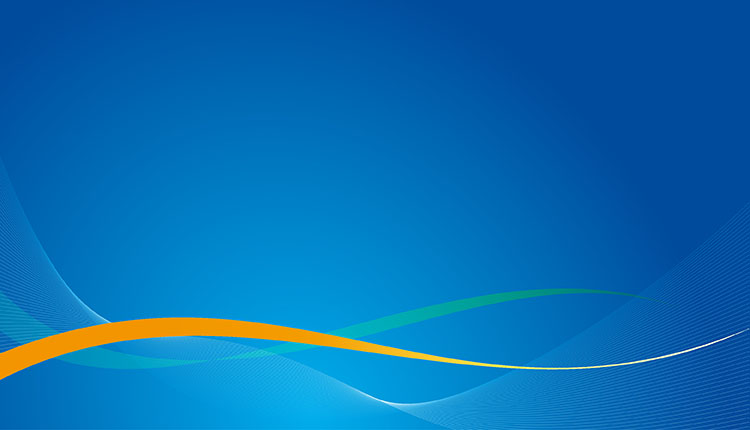




- BRNN
- BRI News
- BRNN News
- Database
Official Documents Polices and Regulations
Inter-government Documents International Cooperation BRI Countries
Business Guide Economic Data BRI Data
Trade
Investment Projects Latest projects
Cases - Content Pool
South Africa's vast platinum group metal (PGM) resources and China's ambitious green revolution have found powerful synergy at this year's Shanghai Platinum Week, held against a backdrop of shifting global trade patterns and a rapidly evolving energy landscape. The event highlighted the strategic importance of PGMs in advancing clean technologies and underscored the deepening economic and diplomatic ties between the two nations.
Trevor Raymond, CEO of the World Platinum Investment Council (WPIC), emphasized this collaboration as more than a simple intersection of resource and technology. "It's a convergence of destinies," he said, pointing to the pivotal role South African PGMs will play in China's clean energy transformation. Supporting this view, South Africa's Consul General in Shanghai, Phuti Tsipa, spoke of the importance of stable and mutually beneficial relations between South Africa and China, particularly in the context of shared environmental goals.
Valterra Platinum, a Johannesburg-listed mining company, called the Shanghai Platinum Week an essential platform for shaping the future of the $24-billion global PGM market. The company stated that its industry-leading resource base, cost advantage, and processing capacity position it well to support global demand growth — from today's emissions control technologies to the clean energy systems of tomorrow.
A major focus at this year's event was hydrogen energy. Wang Ju of the International Hydrogen Fuel Cell Association projected that global hydrogen demand would surge from 98 million tonnes in 2023 to 550 million tonnes by 2040. This growth is especially critical for China, where heavy-duty vehicles, although only 12 percent of the fleet, account for 55 percent of transport emissions. The use of PGMs, particularly platinum, in hydrogen fuel cells and related technologies positions them as key enablers in decarbonizing transportation and industry.
Tian Zhijian of the Chinese Academy of Sciences highlighted platinum's essential role in producing sustainable aviation fuel (SAF), noting that each million tonnes of SAF capacity requires hundreds of kilograms of platinum catalysts. This reinforces the metal's growing importance in clean aviation as well as in industrial processes transitioning to lower carbon footprints.
Innovation in recycling also featured prominently. Valterra's global sales head David Jollie led a panel discussion on expanding platinum demand, during which participants noted that Chinese recyclers can economically process lower-grade catalytic converter scrap more efficiently than their Western counterparts. With import restrictions currently limiting access to foreign scrap, Chinese recyclers are exploring opportunities to expand abroad. In the chemicals sector, replacing mercury-based catalysts in polyvinyl chloride (PVC) production with platinum could generate new demand for as much as 52 tonnes of platinum.
Demonstrating its leadership in green hydrogen, Envision Energy has commissioned the 500 MW first phase of what will become the world's largest renewable hydrogen and ammonia plant in Chifeng, a city in north China's Inner Mongolia Autonomous Region. Operating completely off-grid, the facility began producing hydrogen in early 2024 and is expected to begin exporting green ammonia in the fourth quarter of 2025.
Beyond industrial use, platinum is experiencing a global resurgence in consumer jewelry. Platinum Guild International (PGI) reported robust first-quarter growth in platinum jewelry fabrication and retail sales, with China leading the way. PGI CEO Tim Schlick noted that platinum outperformed both gold and diamonds, particularly in March 2025, when monthly fabrication more than doubled compared to the previous year. He described China's resurgence as setting the pace for a broader global recovery.
The momentum is not limited to China. In India, PGI's top 15 retail partners achieved an average year-on-year sales growth of 7 percent, supported by high-profile marketing campaigns and in-store activations. Japan's platinum jewelry market continued its steady rise, now recording 16 consecutive quarters of growth, with strong consumer interest in pendants, necklaces, and accessible designs. In the UAE, platinum sales rose by 25 percent in the first quarter, while the number of stores offering platinum has grown significantly across the Gulf Cooperation Council region. Meanwhile, in the United States, platinum jewelry unit sales increased by 19 percent, with revenue up nearly 24 percent. Consumers are gravitating toward fewer but higher-value purchases, particularly wedding bands and fashion pieces, prompting some retailers to shift inventory from white gold to platinum.
Shanghai Platinum Week concluded with a strong sense of optimism about the future of PGMs. Delegates left with the clear understanding that platinum is no longer just a precious metal but a critical component of the global shift to cleaner, more sustainable technologies. The growing collaboration between South African producers and Chinese industry leaders offers a blueprint for how strategic partnerships can drive both economic and environmental progress in the years ahead.

Tel:86-10-65363107, 86-10-65368220, 86-10-65363106